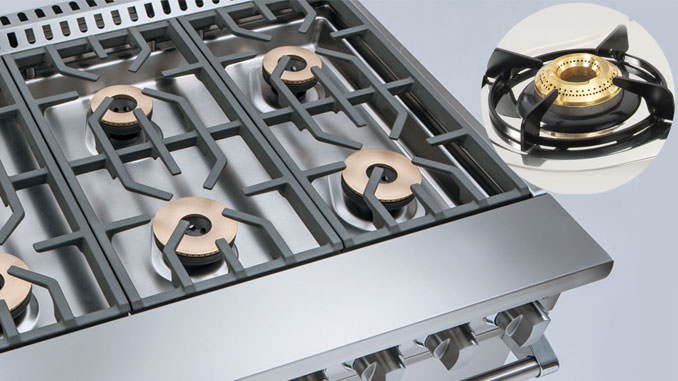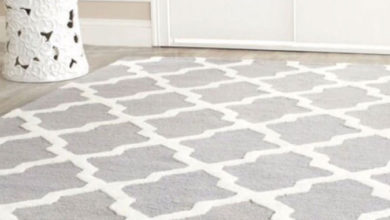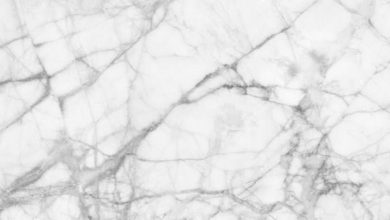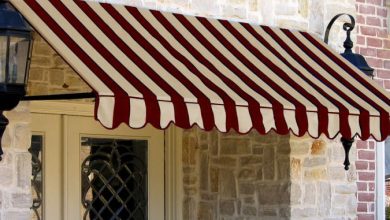
How to clean the aluminum burner caps
Many modern kitchen stoves have aluminum burner caps, which means they have to be cleaned often as they oxidize. Sometimes a blackish patina appears in the slots that are not aesthetically beautiful to see.
To solve the problem, there are several ways to intervene. About this, here is a guide on how to properly clean the aluminum burner caps.
Use natural products
The methods for cleaning the flame spreaders of the stoves are often subordinated to natural products. Even if some chemicals should be avoided on the market, since being off the acidic base, they could be harmful both by ingestion and by inhalation. At this point, lemon, vinegar, baking soda, and salt can make a difference and quickly and easily optimize the result.
Create a mix of salt and vinegar
A very effective first method to eliminate oxide encrustations on the aluminum burner caps on both the shiny and the knurled outer part is to create a mix based on salt and vinegar. The flame spreaders are immersed in the latter, leaving them to soak for at least an hour, after which to optimize the result, take a speck of metal and free the now-soft dirt nestled in the aforementioned non-smooth parts.
Salt is an excellent antioxidant capable of crystallizing rust and then allowing it to be removed thanks easily to the vinegar that burns the oxide particles just crushed. Among other things, vinegar is an excellent antibacterial and has a polishing action on aluminum. Even lemon juice can be useful for removing limescale, especially if you rinse in hot water after the aforementioned cleaning of the flame spreaders.
Use baking soda and lemon.
Using bicarbonate and lemon juice is another excellent and effective method to restore shine to the flame spreaders and eliminate the oxide, especially what is generated inside the knurls of which these functional objects are composed. After a first rinse, to obtain a good result pours some baking soda directly into the flame spreader and then emulsify it using an old toothbrush.
After creating a sort of abrasive paste always with the same brush, we take the lemon juice from a cup and add it to the baking soda that has now become similar to a paste. By rubbing for a few more minutes, then a rinse is enough to get the burner cap again shiny, and at the same time, thanks to the lemon free of the unsightly limestone patina.




